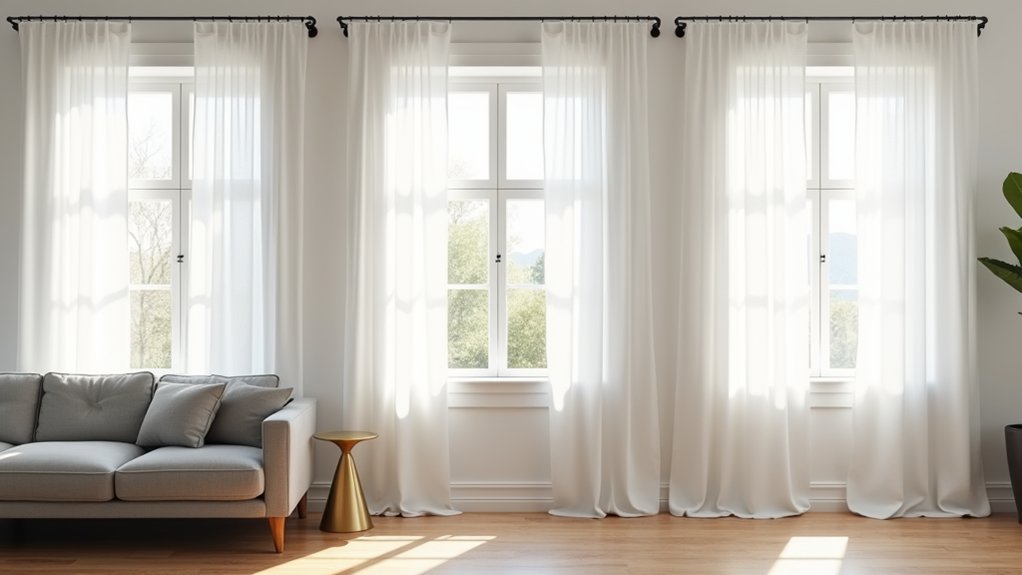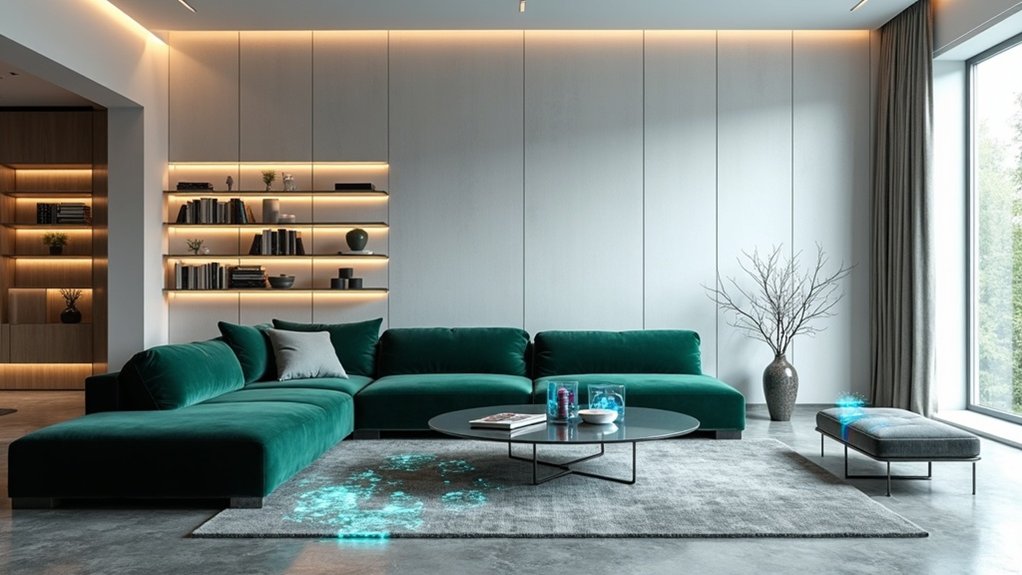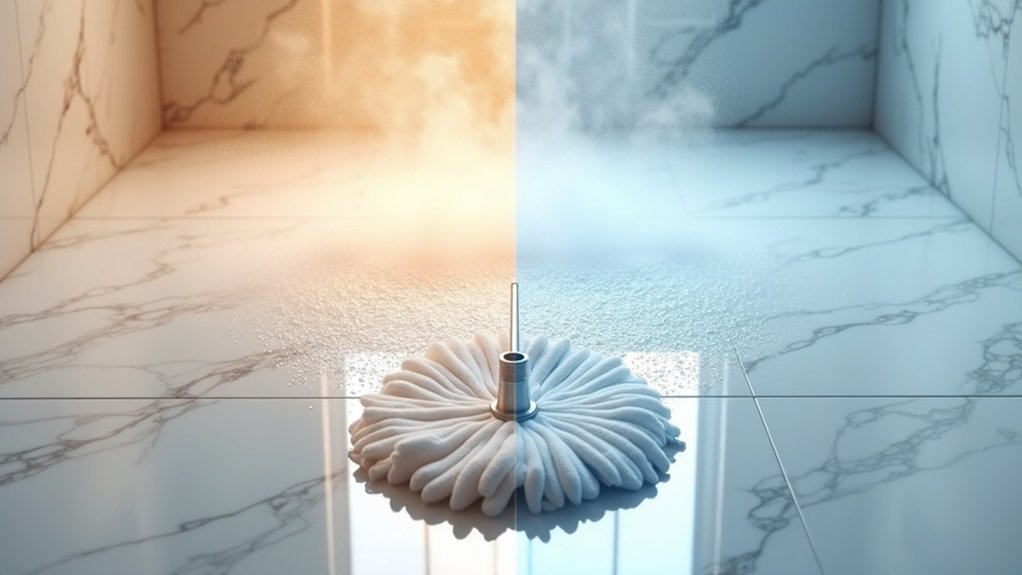When homeowners consider window treatments, selecting the appropriate curtain length proves to be one of the most vital yet frequently overlooked decisions in interior design. Standard curtain lengths range from 63 inches for sill-length panels to 120 inches for dramatic floor-length installations, with ready-made options typically available in 54, 72, 90, and 108-inch lengths to accommodate various window configurations. Standard fullness requires twice the window width for proper coverage.
Precise measurement techniques form the foundation of successful curtain installation. Using a metal tape measure, homeowners should begin at the top or inside corner of the window frame, considering the placement of curtain hardware. For installations where hardware isn't yet mounted, adding 15 centimeters (approximately 6 inches) above the window provides an ideal reference point for achieving proper proportions. Inside mount rods require sufficient window trim depth to properly accommodate the hardware.
Floor-length curtains offer three distinct styling options: float, kiss, and puddle. Float styling suspends curtains slightly above the floor, while kiss-length panels precisely meet the floor surface. Puddle styling creates a luxurious effect by extending fabric onto the floor, typically requiring an additional 1-3 inches of length for minimal puddling or up to 15 inches for dramatic effect.
Width calculations play a similar vital role in achieving proper curtain fullness. Standard panels measure 48 inches wide, but proper installation requires multiplying the window width by 1.5 to 3 times, depending on desired fullness. This calculation guarantees adequate fabric for attractive pleating when curtains are both open and closed.
Hardware selection and placement significantly impact overall curtain length calculations. Ceiling-mounted tracks, curtain rings, and rod positioning all influence final measurements. Different curtain styles, such as pencil pleat designs, require specific measuring techniques from the eye of the curtain ring.
The choice of fabric also affects how curtains hang, making it necessary to consider material properties when determining ideal length. These technical considerations, combined with aesthetic preferences and room proportions, create a thorough approach to curtain selection that improves any interior space.





